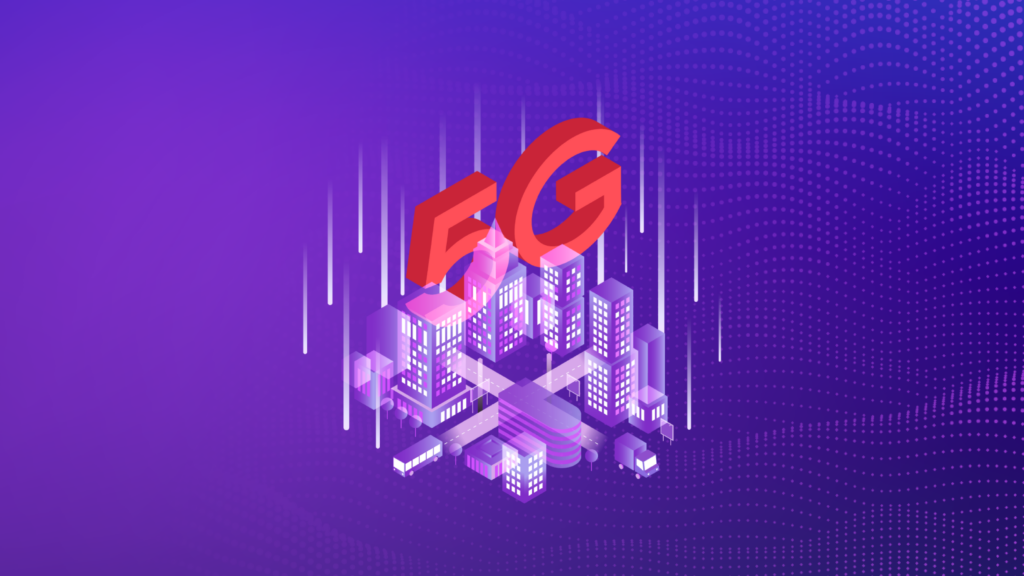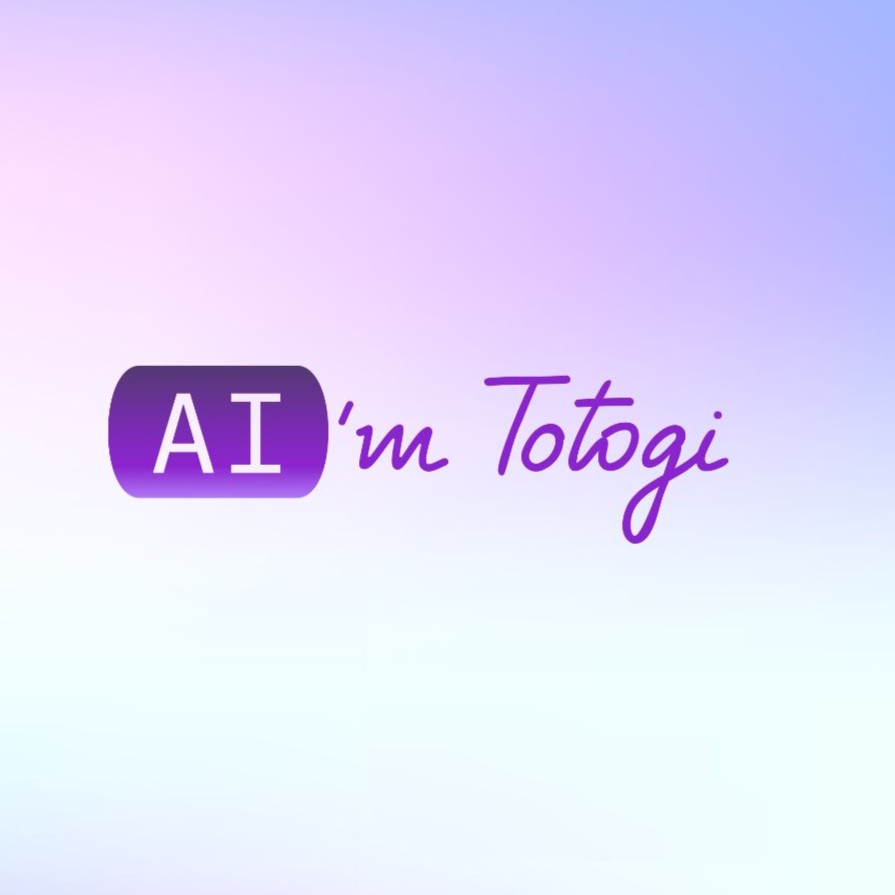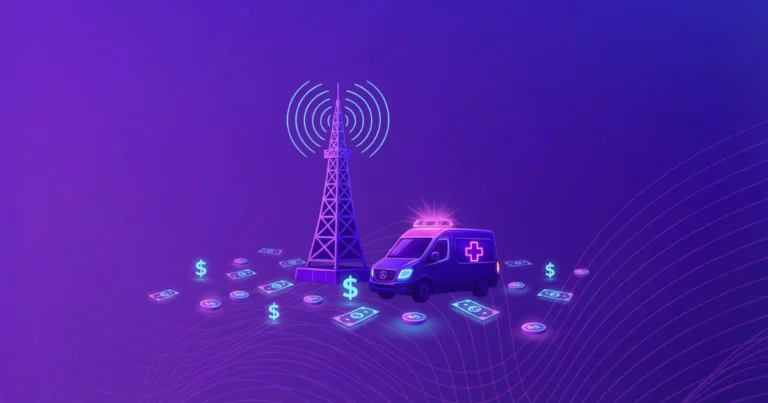Over the past decade, telcos have been running an uphill battle against stagnating growth. Fierce competition, regulatory pressures, and the pervasive commoditization of connectivity services have all contributed to eroding margins and stagnant ARPU. Despite continuous investments in infrastructure, telcos have found themselves struggling to differentiate their services in a market where data plans and call packages have become virtually identical.
The competitive landscape has been particularly unforgiving. In many markets, regulators have actively encouraged competition by licensing new operators and supporting MVNOs. This has intensified price wars, driving operators to compete primarily on cost rather than on value or innovation. Simultaneously, the rise of over-the-top (OTT) services has diverted customer engagement and revenue streams away from telcos, further constraining growth.
Compounding these challenges is the ever-present reality of technology evolution. Each generational step in network technology has required substantial capital investment, often with uncertain returns. While 4G brought the promise of mobile broadband, monetization largely revolved around flat-rate or tiered data plans, offering limited opportunities for differentiation. As a result, many telcos entered the 5G era with cautious optimism, wary of repeating past patterns of heavy spending with limited ROI.
This is where 5G Standalone (SA) and 5G Advanced enter the picture. Unlike its predecessor, 5G SA introduces a fundamentally different architecture that supports advanced capabilities like ultra-low-latency communication, massive IoT connectivity, and network slicing. 5G advanced, introduced in 3GPP release 18, takes these advancements even further. These innovations hold the potential to unlock new revenue streams, particularly in enterprise markets.
However, capturing this potential requires telcos to rethink their charging platforms, whose development was evolutionary, at best. Traditional charging systems, built for simpler, consumer-centric use cases, are ill-equipped to handle the dynamic, customizable nature of 5G services. The limitations of these legacy architectures create significant challenges, hampering telcos’ ability to innovate, differentiate, and grow.
In this blog post I will explore these challenges, analyze the principles for addressing them, and introduce the key characteristics of modern, cloud-native charging systems that empower telcos to monetize 5G SA and 5G Advanced effectively.
The 5G Standalone monetization landscape
The transition to 5G SA introduces a new era of telecom services that extend far beyond traditional voice and data offerings. Network slicing, private 5G networks, ultra-reliable low-latency communication (URLLC), and IoT applications create opportunities for telcos to serve new enterprise segments and diversify their revenue streams. However, capturing these opportunities requires rethinking the monetization model, as well as cost related aspects.
Network slicing, for instance, allows telcos to create customized virtual networks for distinct customer segments or applications. A hospital’s 5G slice, optimized for ultra-low latency, differs significantly from a logistics company’s IoT slice designed for massive connectivity. Monetizing these services requires granular, dynamic, and flexible charging mechanisms.
In addition, 5G introduces entirely new service models such as quality-of-service-based pricing, event-based charging, and hybrid billing approaches that combine real-time and offline elements.
However, traditional charging platforms, originally designed for voice-centric billing, often rely on cumbersome, manual configurations and rigid architectures that hinder the launch and evolution of innovative services.

The challenges of monetizing 5G Standalone and 5G Advanced
Legacy architecture limitations
Common 5G Standalone chargers, including those often offered by the 5G core network vendors themselves, were not natively architected and built for the cloud. Instead, these are cloud-adapted versions of the same-old legacy architecture: decomposed into microservices—yes, in most; containerization—sure; but that’s not all it takes to fully benefit from the scalability, innovation, and operational efficiencies that the public cloud has to offer.
For that to happen, the application has to be designed, from its very beginning, on the public cloud and for the public cloud. The difference here is really, not with the ability to handle network slicing or dynamic and granular charging—most modern 5G chargers may be capable of doing so—but in the architectural foundation that enables continuous innovation, cost efficiency, and effortless, limitless scalability.
Operational complexity
Traditional charging systems often require manual intervention for configuration, testing, and deployment of new services. This dependency on specialized technical resources drowns telcos in complexity, increases operational costs and slows time-to-market. With 5G SA, and its evolution, 5G Advanced, enabling more dynamic and diverse services, these inefficiencies become even more pronounced.
Scalability limitations
5G SA & 5G Advanced promise of massive IoT connectivity and customized enterprise services requires charging systems that scale efficiently and cost-effectively. While many adapted 5G chargers can scale, they often do so with limited efficiency, requiring over-provisioning or manual interventions. Fully leveraging the public cloud’s elasticity and cost benefits demands a system designed from inception for cloud-native operations.
Limited AI/ML native capabilities
It is 2025 already. Monetizing consumer segments in extremely competitive markets mandates the use of AI and advanced, telco trained machine learning models to optimize pricing strategies, reduce churn and grow brand equity. Running manual operations in the Generative AI era no longer makes sense, yet most 5G charging systems lack such capabilities, something that links directly to the legacy architecture those are built upon.
Vendor lock-In
This is really the nightmare of telcos. It is clear that 5G Standalone and 5G Advanced mandate a new 5G core. And core network vendors are always happy to chip-in their charging function, locking operators into their proprietary ecosystems. This dependency limits flexibility, increases costs, and hampers innovation as telcos must wait for the vendor’s development cycle in order to access new features.
Total Cost of Ownership Implications
When considering URLLC, Industry 4.0, private 5G networks and other prominent 5G Advanced use case, the Total Cost of Ownership (TCO) implications become even more pronounced.
Legacy architectures, adapted for the cloud but not designed for it, often require manual management of instances, databases, and servers. This leads to inefficient resource utilization, often characterized by over-provisioning and under-provisioning of resources.
There are also the software lifecycle management costs: patches, upgrades, and associated service fees that are multiplied across deployments, creating significant financial overhead.
True cloud-native, multi-tenant architectures automate these processes, delivering optimized performance and cost efficiency without manual intervention. Legacy systems rarely incorporate these capabilities, leaving telcos without critical tools for monetizing 5G services effectively.
Seizing the 5G Standalone opportunity: an outline of character
To truly seize the promise of 5G Standalone and 5G Advanced, telcos must bridge the gap between ambitious service innovations and the architectural capabilities required to support them. The success of 5G SA and the emerging 5G Advanced hinges on a charging system that not only meets the network’s core technical requirements but also anticipates future demands. This requires a cloud-native architecture designed from the ground up for the public cloud.
AR/VR and cloud gaming: The latency challenge and the serverless edge
Immersive applications like augmented and virtual reality (AR/VR) and cloud gaming demand ultra-low latency and rapid, dynamic scaling of resources. These services generate variable, often unpredictable traffic patterns, requiring infrastructure that can scale horizontally and vertically without manual intervention. Totogi’s serverless architecture inherently provisions and scales resources in real-time based on demand, ensuring a seamless user experience.
In contrast, cloud-adapted systems often rely on container orchestration layers that introduce processing overhead and degrade latency performance. Those are normally not deal-breakers, as with proper optimization and configuration, container orchestration can achieve acceptable latency performance for many applications. However, for ultra-low latency applications, serverless architectures are often a better choice due to their inherent advantages in terms of scalability, resource utilization, and reduced overhead.
Industry 4.0 and private 5G networks call for multi-tenancy
Industry 4.0 and private 5G networks are two of the most prominent new revenue heroes. Smart manufacturing facilities leverage 5G SA to enable real-time robotics, predictive maintenance, and massive IoT deployments. The applications of private 5G networks are vast – from air and sea ports, through rail networks and mines, all the way to homeland security. There’s no wonder CSPs are excited about the opportunity.
As mentioned earlier, most modern 5G chargers are capable of handling network slicing and dynamic, granular charging. However, they often require significant overheads, CAPEX and plenty of patience to get CSPs realize the opportunity:
- Manual deployments of instances and software lifecycle management, multiplied.
- Managing clusters, instances, servers, storage and networks.
- Specialized technical resources to configure, test and deploy new services.
- Inefficient resource management- in separate instance deployment scenarios, resources are dedicated to individual instances, making over-provisioning and under-provisioning of resources a common challenge.
Multi-tenancy is a real game-changer in this respect, as it eliminates all the inefficiencies related to hosting and managing multiple 5G networks.
For first, onboarding new tenants is super easy and fast, without a single line of code. You can be up and running with a new tenant within several hours, as the charger is already connected to the network, and standardization really helps. It is just a matter of configuration, using intuitive, easy to use UI.
But the biggest advantage of multi-tenant charging for 5G SA or 5G Advanced comes from a far more efficient resource utilization. The boundless, immediate scalability of a cloud-native, SaaS charging system allows resources to be shared across all tenants without worries of service degradation. And since there are no instance-dedicated resources, a resource can never stand idle on one instance while it is required on another. Actually, resources are never idle – they scale up and down when needed. No under-provisioning, no over-provisioning.
IoT Ecosystems: managing billions of connections
The massive growth of IoT connectivity poses unique challenges for charging platforms. Billions of devices transmitting small packets of data create an enormous volume of low-value transactions that strain legacy systems. This comes back to elasticity – A serverless charging platform instantly scales up and down to handle these workloads without provisioning static resources, thereby optimizing TCO.
AI-powered monetization
It is safe to assume that future telco growth will mainly rely on enterprise connectivity use cases. But the consumer segment will always constitute the core of telco business, if not for anything else, then for regulation that will force this. Connecting people will remain telcos’ primary role, even 50 years from now. Mobile network operators will keep competing on customers, and with little possible differentiation, they must be equipped with the best AI-native, intelligent monetization tools to drive hyper-personalization at scale, reduce operational complexity and expedite time-to-market.
The best is yet to come, are you ready?
While there are already some very promising 5G Standalone and 5G Advanced use cases, the future holds a lot of unknowns. In reality, no one really knows which use cases will emerge and be successful with 5G SA, Advanced, or even 6G. But it is fair to assume that chargers founded on cloud-adapted legacy architecture will require significant upgrades and transformations, as those normally follow periodic release cycles. Those are not only huge cost generators, but also vicious innovation busters.
True SaaS, cloud-native charging systems make those upgrades a thing of the past. CI/CD pipelines allow for unparalleled feature velocity- from specification to production in a matter of weeks. In such a rapidly evolving industry, future-readiness needs to be a key consideration when evaluating a 5G Standalone charging system.
The Totogi advantage in 5G Standalone and 5G Advanced charging
Totogi’s Charging-as-a-Service is purpose-built for the AWS public cloud, leveraging its unparalleled infrastructure and innovation capabilities. The platform’s serverless design, AI-native architecture, and intuitive no-code configuration interface distinguish it from legacy alternatives. Limitless scalability, lightning fast onboarding and AI-driven monetization, at fraction of the TCO of legacy chargers.
Want to discover how Totogi’s Charging-as-a-Service can make your 5G Standalone monetization way smarter? Talk to our sales.





